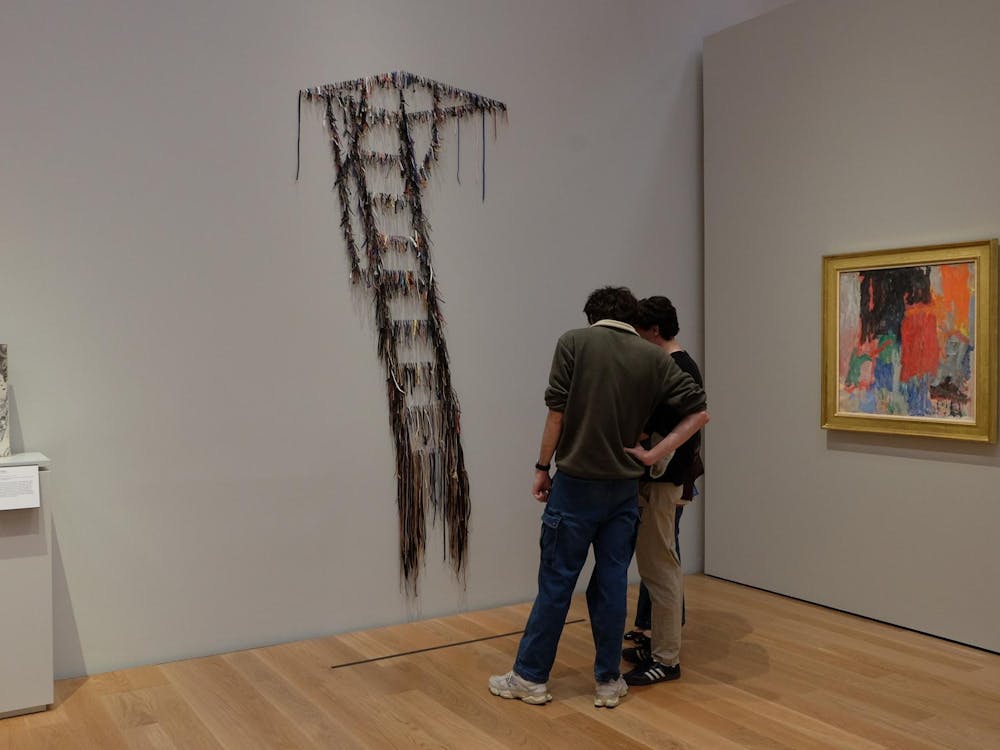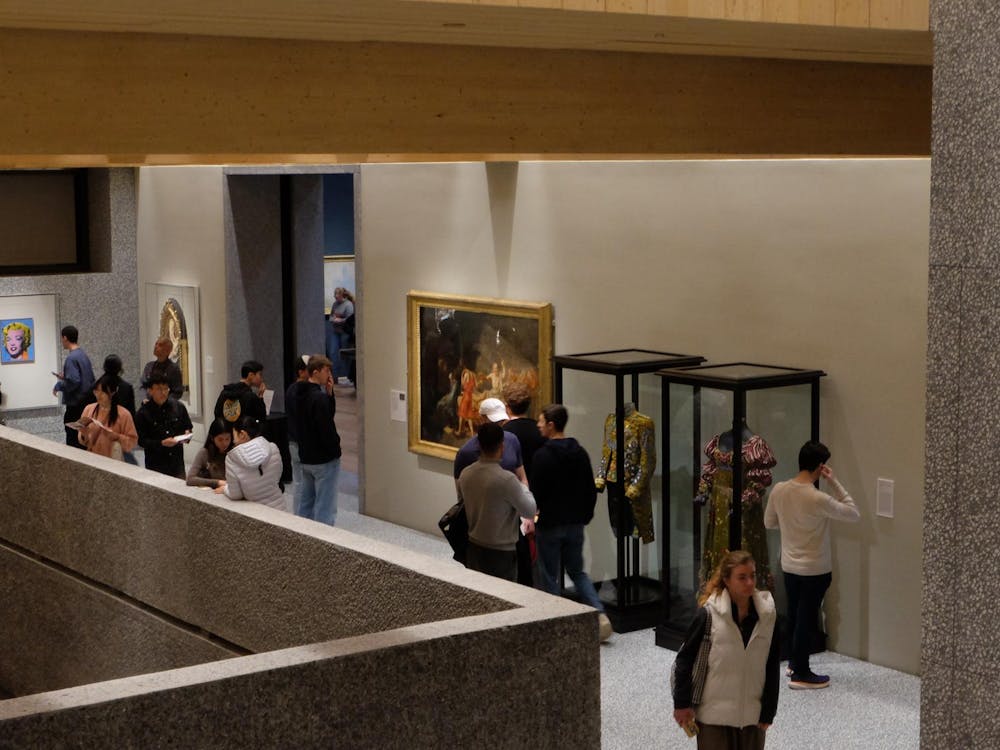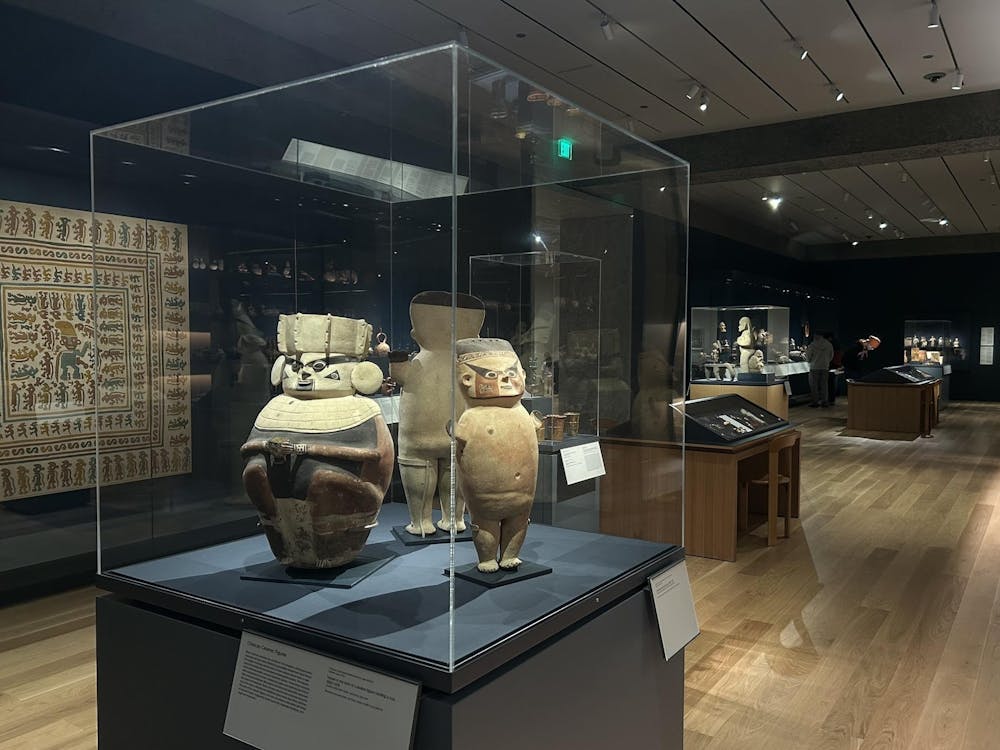In a small town like Princeton, everyone has a role to play. But the size of the role — of the Borough government, of the neighborhoods, of the University — all depends on the angle from which one views the stage, and how closely one listens to the lines.
The Arts Council of Princeton — a non-profit community arts organization located on the corner of Witherspoon Street and Paul Robeson Place — has proposed an expansion to more aptly perform what it considers to be its role in the community.
The proposed expansion, once rejected by the Borough planning board and recently revamped, would more adequately serve the council's more than 40,000 patrons by adding a new performance space, gallery and Communiversity room, as well as completing handicap-accessible building renovations.
In the view of many members of the John-Witherspoon community, a mostly black and hispanic neighborhood that abuts the arts council to the north, the expansion would do more to harm rather than serve them.
Last December, the planning board voted six to five against the arts council proposal, finding that the proposed building would be an "increased burden" on the neighborhood, "not in harmony with the development of this residential district and detrimental to the adjacent properties on Green Street." The current proposal, a scaled-down version of its predecessor, has yet to be finalized.
For African-American members of the John-Witherspoon neighborhood, an expansion of the arts council represents not only an "increased burden," but also another step in a long pattern of injustice.
Until the construction of Palmer Square in 1936, the homes of black families extended almost all the way to Nassau Street. Most had first arrived as escaped slaves, servants of University students, or carpenters for University infrastructure, and their community flourished both in numbers and in physical dimension.
Two urban revitalization programs and more than 60 years later, the African-American community has drastically shrunk in size and currently faces the threat of a competitive real estate market, with younger generations moving away to seek a less expensive lifestyle.
Naomi Dunson '03, who attended Princeton Day School and whose grandmother owns a home in the John-Witherspoon neighborhood, grew up hearing the laments of her grandmother's friends.
"I'm not opposed to the neighborhood changing," said Dunson, who is a member of the arts council and attended the initial hearing before the planning board. "But this is a fragile neighborhood, and it's being completely disregarded."
Dunson's grandparents worked hard to pay for their house, living where they were employed at Tiger Inn and another residence in town until they could save enough money.
Members of the John-Witherspoon community support the council's artistic goals, but not their proposed expansion. But members of the council's board see expansion on the current site as essential to their fulfillment of these goals.

"We don't want to do anything to be disrespectful," said executive director of the arts council Anne Reeves. "We're really just doing what we possibly can."
The council searched for off-site locations for a new building, but the board of trustees voted unanimously to stay in the present facility.
"This seems to be the most practical, the most economical and the warmest," Reeves said.
And members of the Borough and the University highlight the value of having the arts council close to home. In addition to co-sponsoring Communiversity, the arts council involves University students, faculty and staff through SVC projects such as teaching and mentoring and Hats for the Homeless — a group that knits hats and gives them to the arts council for distribution.
"University students walk to the arts council, walk to activities, as do faculty, staff and their children, and therefore, moving the arts council facility out of town would not be in the best interests of the University participants," University Director of Community and State Affairs Pam Hersh said in an e-mail.
The University has given approximately $150,000 to the arts council in the past few years, largely for its expansion, but supports a plan for its expansion that will address the needs of both the council and the John-Witherspoon community.
"It isn't that [the arts council and the John-Witherspoon community] are adversaries," said University Vice President for Finance and Administration Dick Spies GS '72, who is also on the steering committee for Princeton Future — a group involved with the arts council expansion as part of its larger plan for revitalizing Princeton's downtown area. "There are two goods that we're trying to accomplish and it's not obvious how to accomplish that at this time."
But Spies added that the University could "just keep making that point — that we should keep on going at it until we reach a solution."
Borough mayor Marvin Reed, who supported the first expansion proposal, said the arts council now realizes it neglected to seek community involvement in its plans.
In the process of helping to organize meetings between the Arts Council and its neighbors, Reed said, "They realize they can't follow this pattern a second time, or else they won't get to first base with the planning board."







